California’s largest reservoir, Lake Shasta, is officially at full capacity for the second year in a row. This feat comes after years of drought, which saw the lake nowhere near full.
California’s largest reservoir, Lake Shasta, is officially at full capacity for the second year in a row. This feat comes after years of drought, which saw the lake nowhere near full.
New NASA Images of Lake Shasta

These new images that NASA has released of Lake Shasta show how its full capacity can be seen from satellites in space.
The images were shared by the NASA Earth Observatory. The photos were taken by the Landsat 8 satellite on May 7, 2024.
Comparing Lake Shasta Satellite Photos
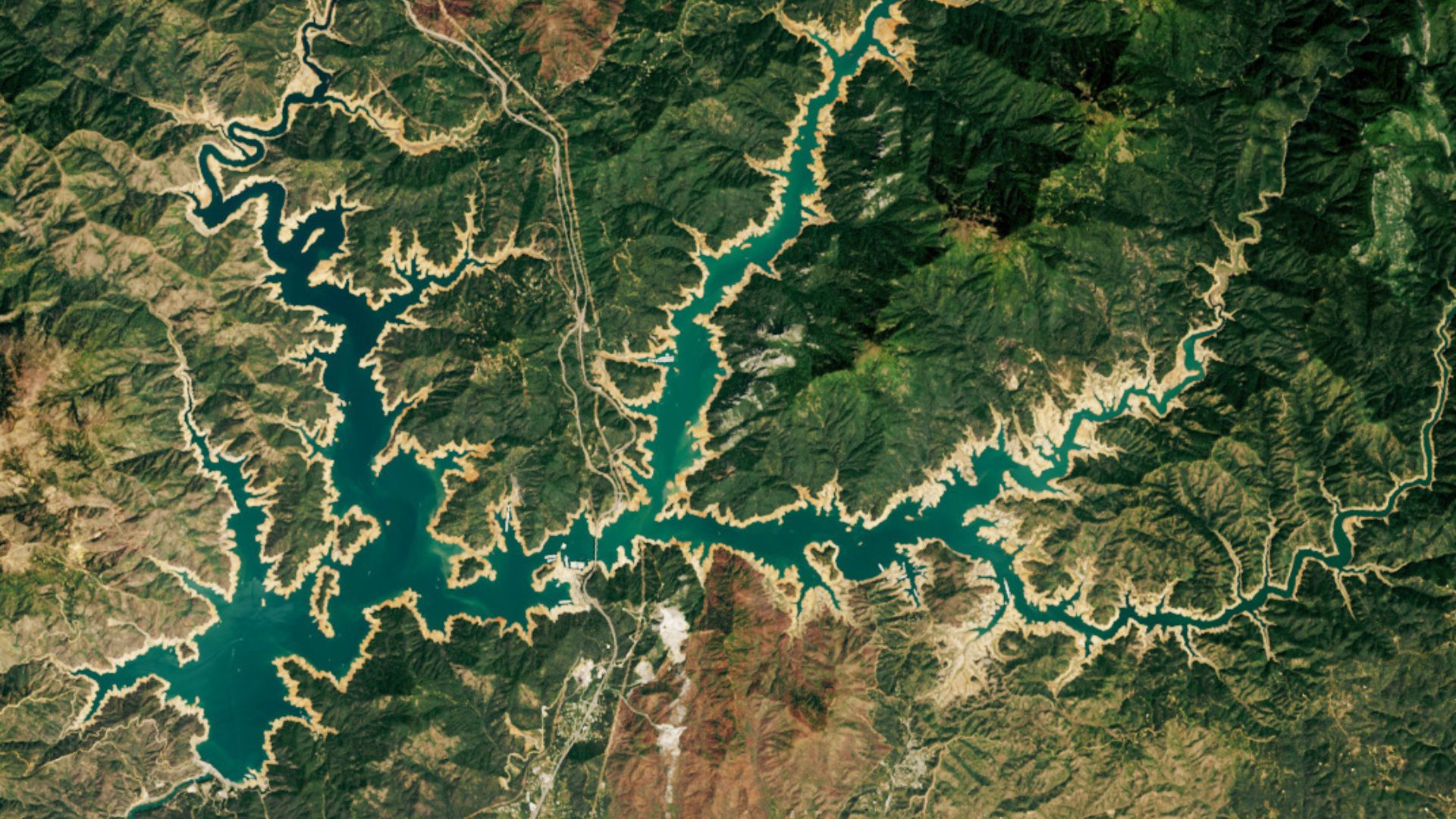
The photo from May 7 of Lake Shasta shows the lake is full of blue water. It’s clearly at capacity. However, to truly see how much water is now in the lake, NASA included a satellite photo of what was seen back in 2022 when California was going through a drought.
The earlier satellite image—taken on April 22, 2022—shows Lake Shasta at 39% capacity.
Lake Shasta in 2022
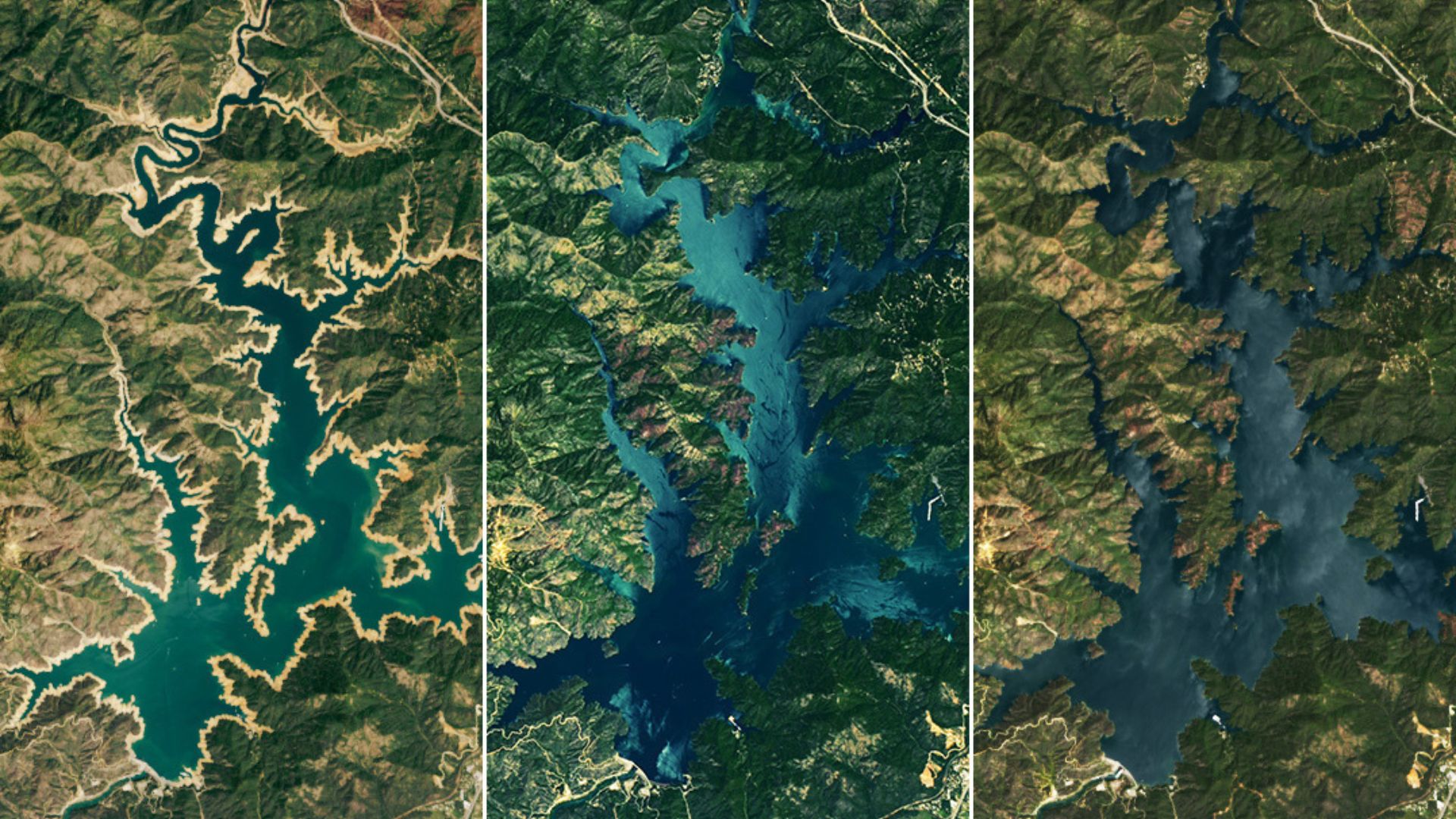
California’s largest reservoir struggled throughout 2022, thanks to the state’s ongoing drought.
In these satellite photos, you can clearly see a “bathtub ring” around the edges of the lake, indicating where the water used to hit when it was full. Now, in 2024, you can no longer see this ring, as the lake is at full capacity.
California’s Drought
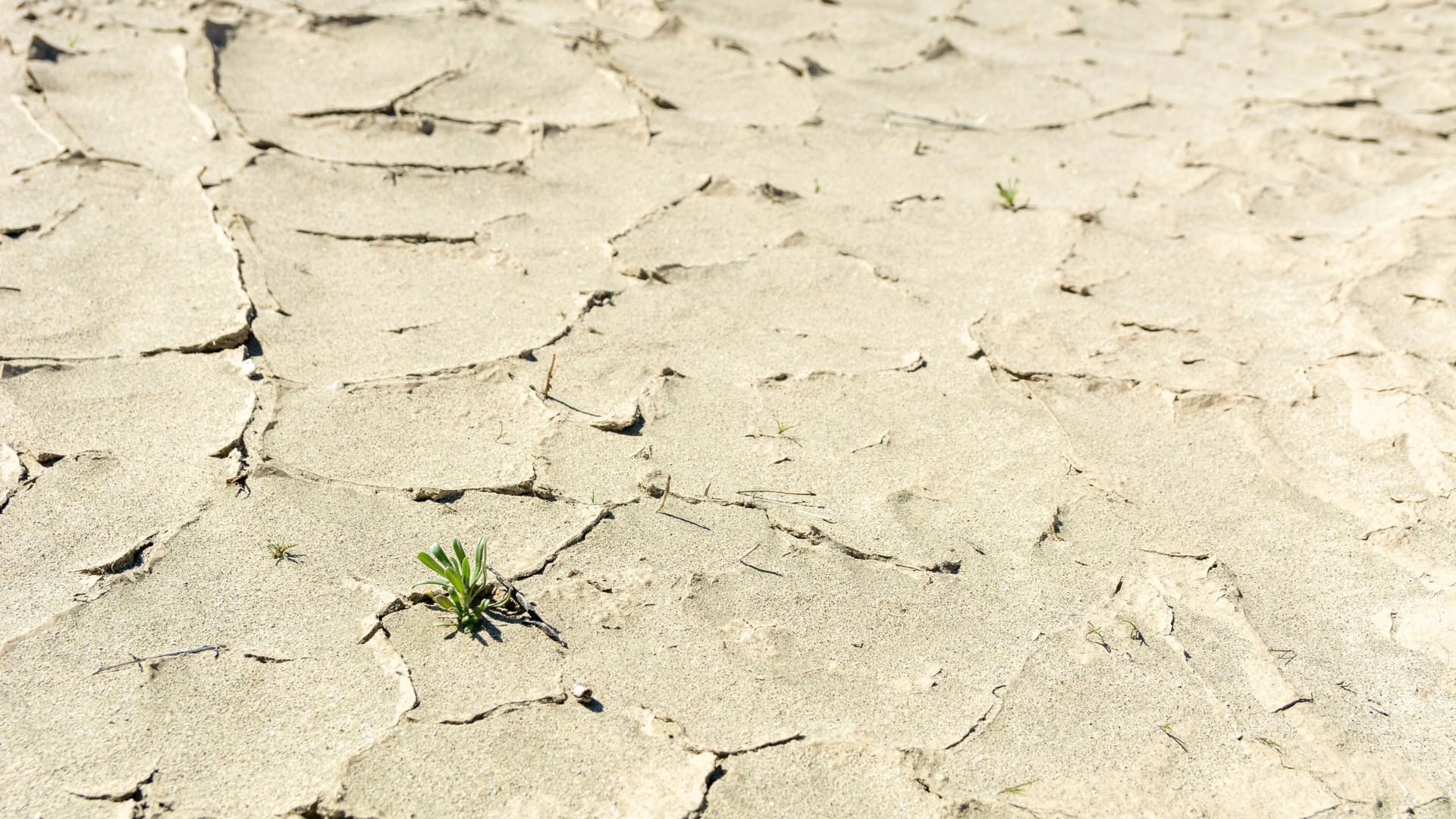
Lake Shasta has now been at 100% capacity for two years in a row, thanks to all the rainfall and snow that California has seen recently.
However, the drought experienced in 2022 brought massive concerns to light, as Lake Shasta only reached a maximum of 40% capacity throughout the year.
Lake Shasta Provides Water to Thousands in the Sacramento Valley
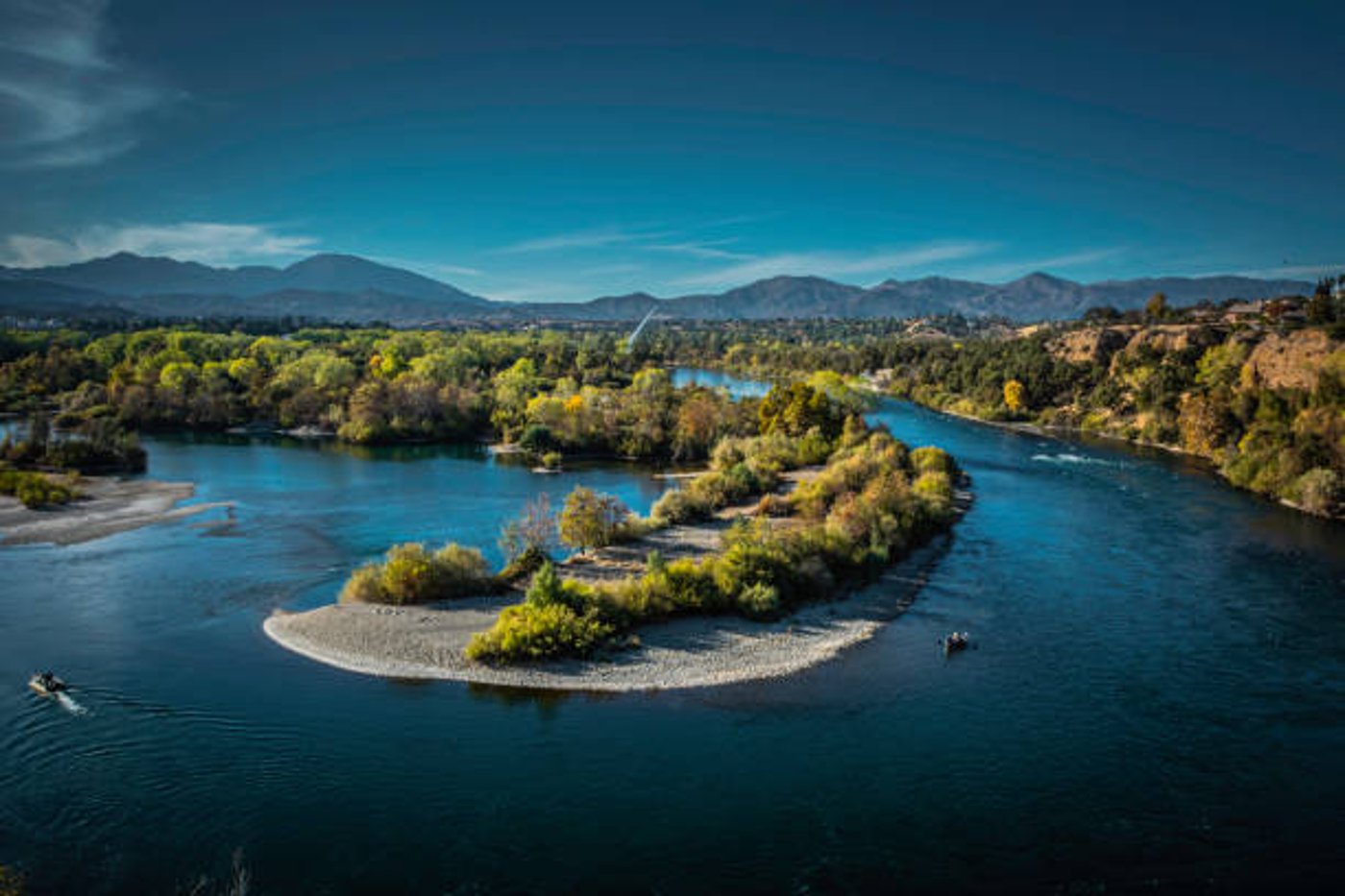
Lake Shasta remains a vitally important reservoir for California. It is the state’s largest reservoir, covering an almost unbelievable 30,000 acres.
Located in Shasta Country in the northern Sacramento Valley, the lake provides water to thousands of people, and without it, Shasta County would unquestionably experience an intense water shortage.
The Importance of Lake Shasta
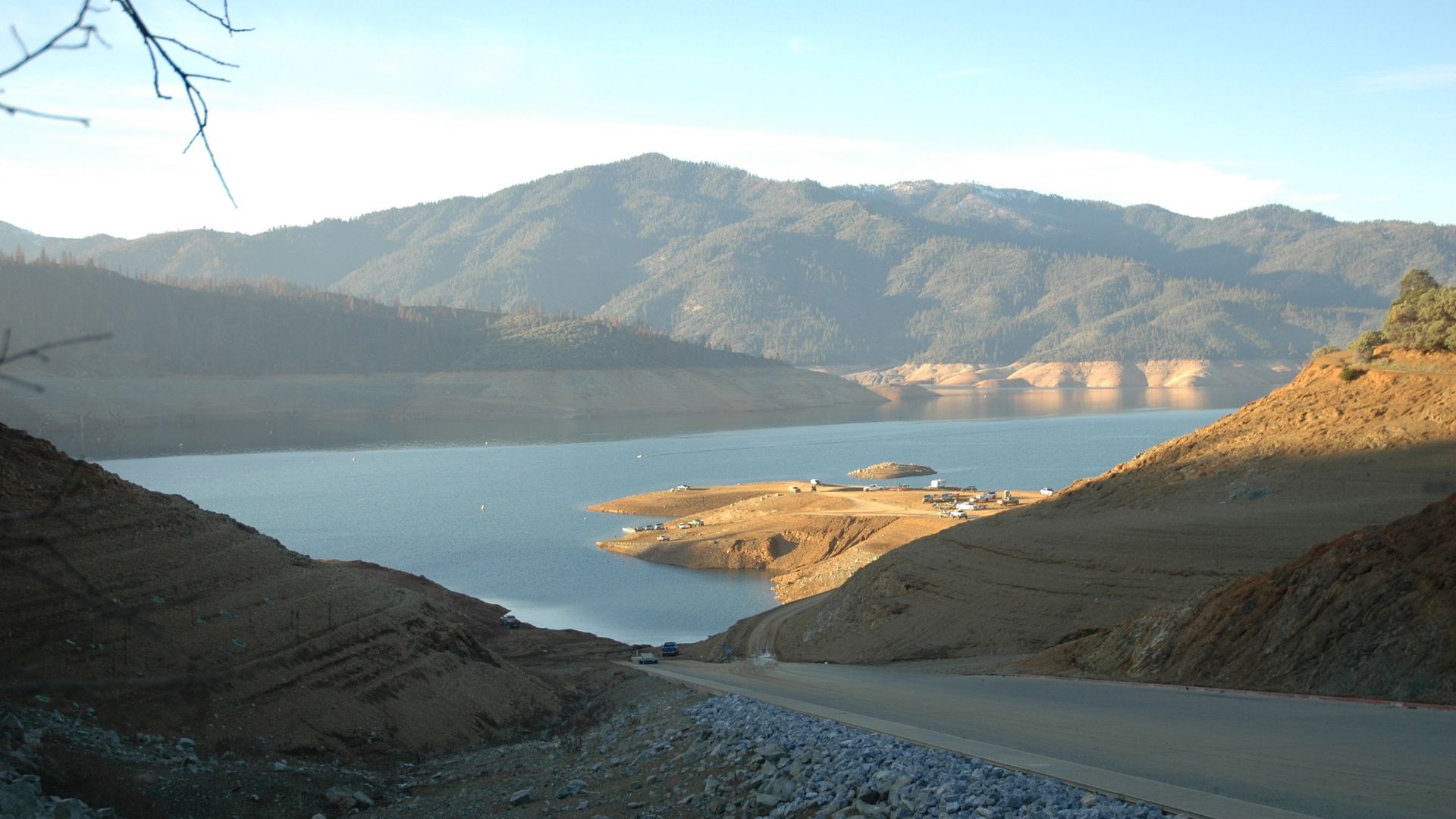
The lake is supposed to provide water for various aspects of California life, such as municipal water supplies and irrigation.
So, when the state was experiencing a drought in 2022, and Lake Shasta was at such a low capacity, many California officials publicly sounded the alarm.
The End of California’s Drought
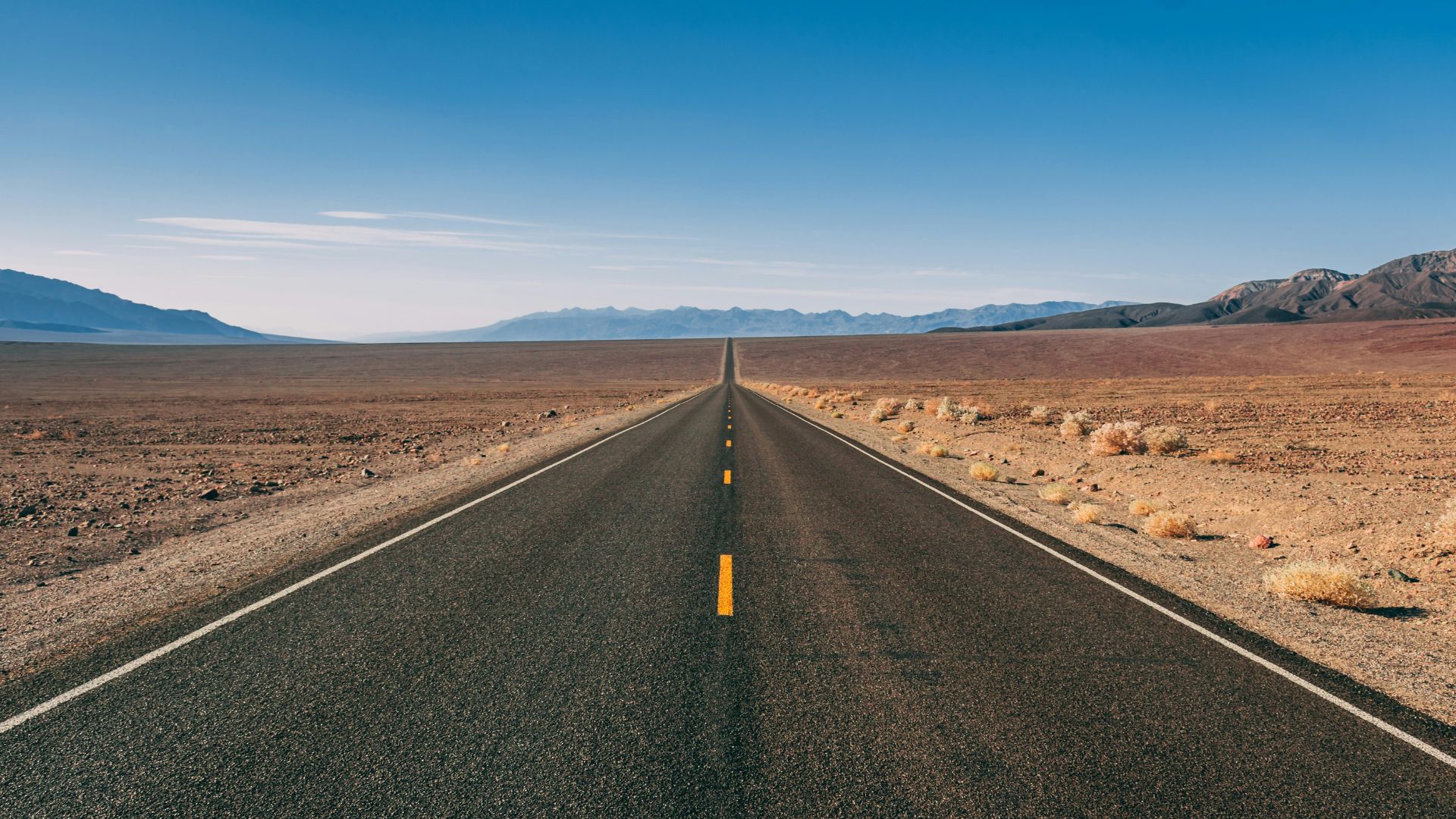
However, California experienced some luck when 2023’s water period brought in a ton of rain and snow, allowing the lake to finally reach its full capacity.
The end of 2023 and 2024 has also seen high levels of rain, which has allowed Lake Shasta to remain full, as seen in these NASA satellite images.
Full Reservoirs Around California
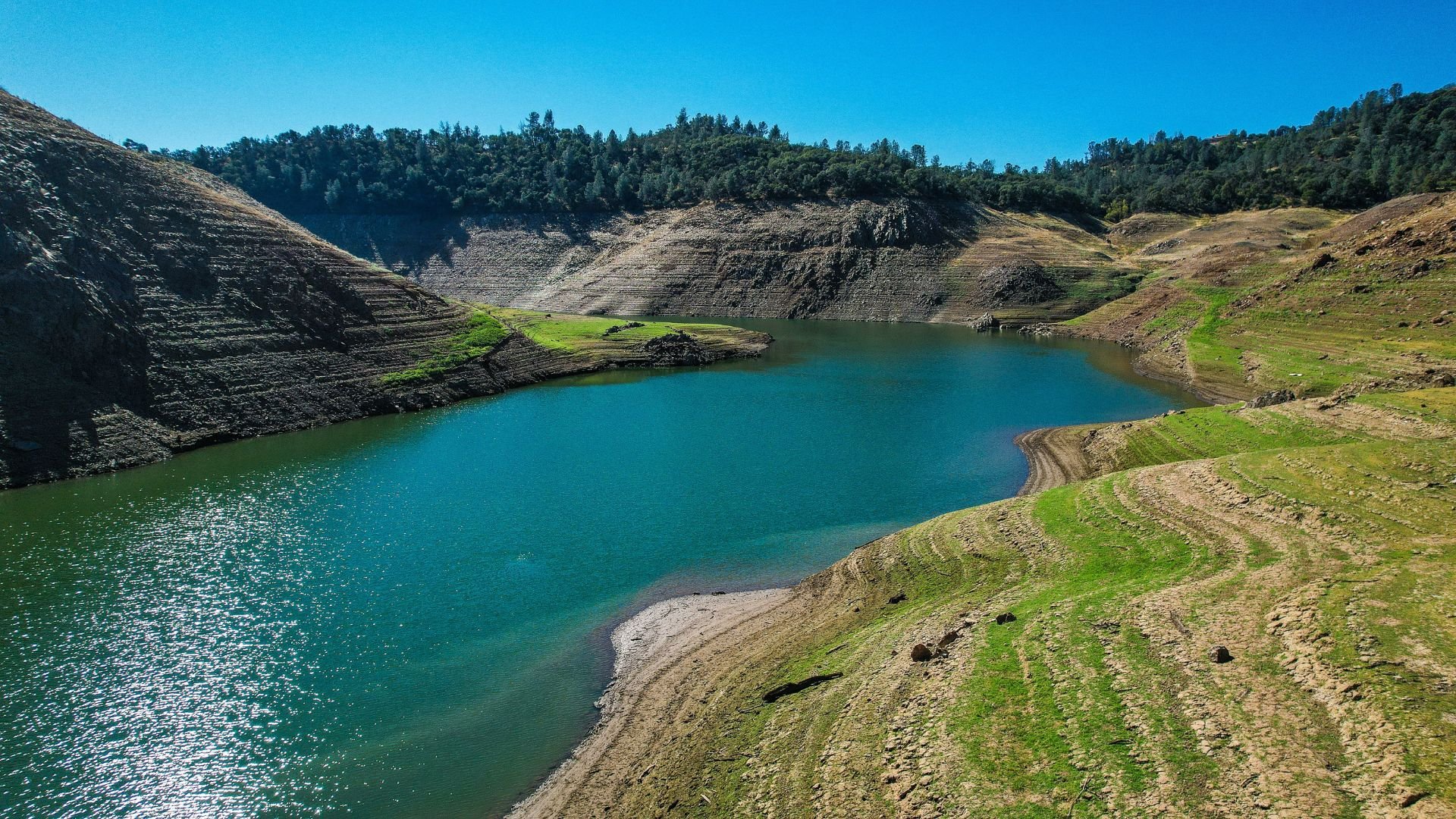
Lake Shasta isn’t the only California reservoir now at full capacity. Lake Oroville, the second largest reservoir in the state, has also reached full capacity — and again for the second year in a row.
NASA’s Earth Observatory has stated that Lake Oroville is actually at 128% of its average capacity this year.
Upcoming Wet Years?
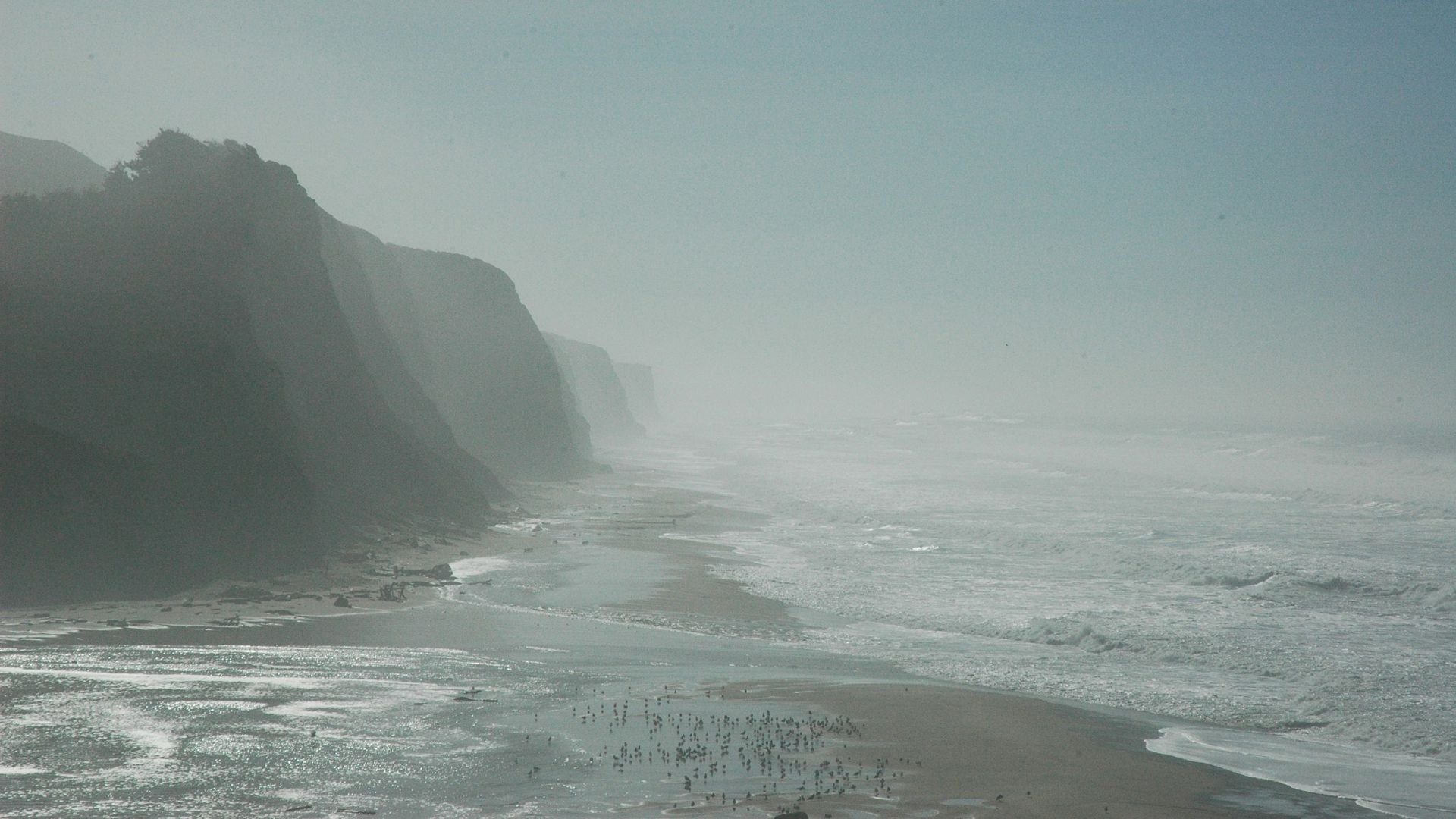
It’s hard, if not impossible, for experts to see far into the future and accurately understand if California will have another beneficial wet water year to help keep its water worries away.
Even this last winter period didn’t see as much rainfall as seen in 2023 in the state. However, since Lake Shasta was already relatively full, it didn’t take as much rain to finally reach that full capacity.
Water Worries Remain

Because experts can only wait and see what the weather brings, water worries remain for many officials in California.
The state has a huge population. If another drought occurs, then the state may have to make drastic changes to help try to conserve as much water as possible.
Upcoming Water Projects
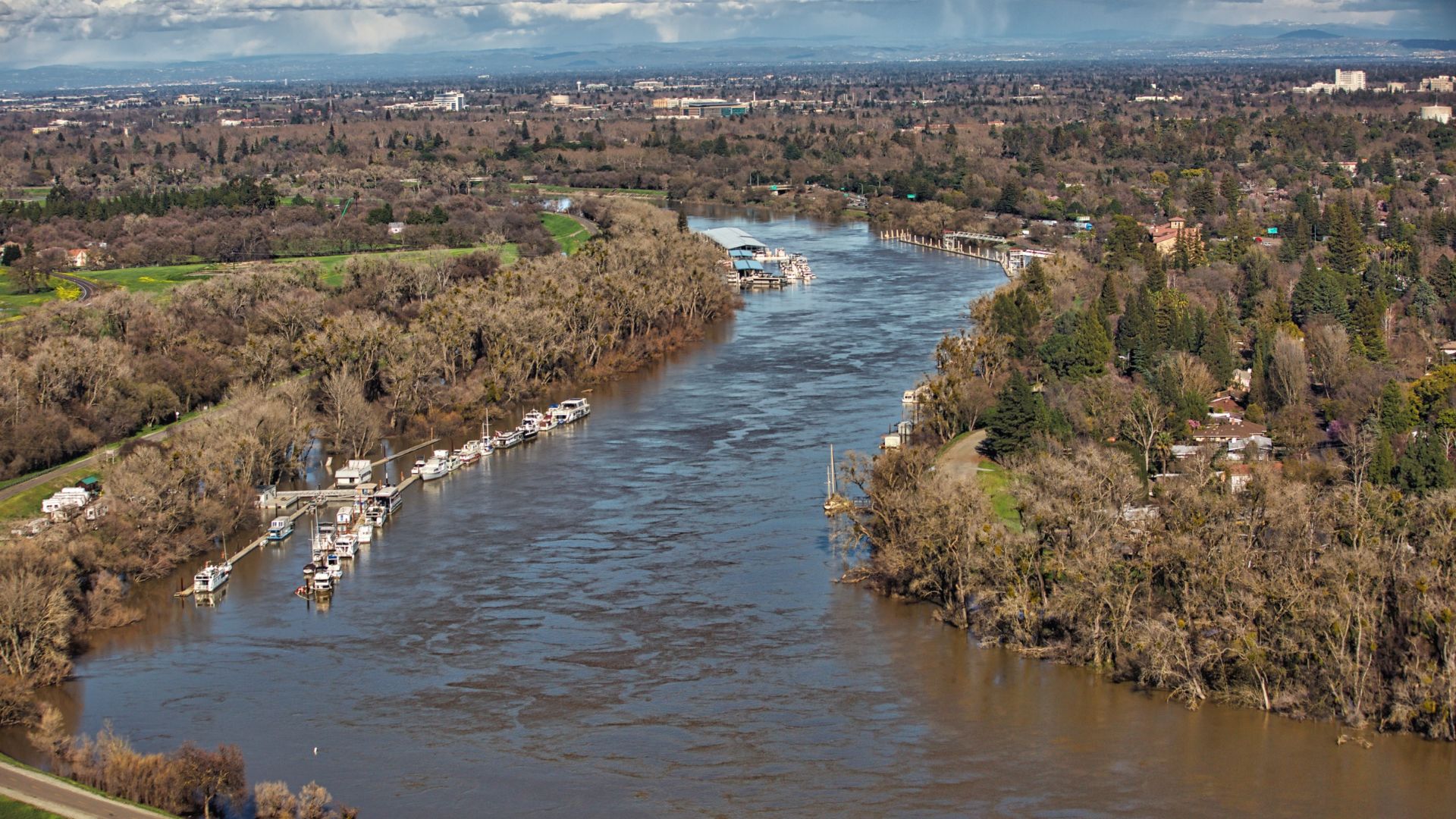
As the state’s most recent drought greatly worried many water experts, the government of California has begun to take steps to ensure they don’t find themselves in this dire position again.
As a result, many water projects are being considered or are already in the works. For example, California Governor Gavin Newsom’s administration recently revealed a $20 billion water tunnel project that would help the state manage water more effectively.
California’s State Water Project Has Some Disadvantages

However, what Gov. Newsom calls the State Water Project remains highly controversial, and many native tribes and environmentalists have come out against it.
Additionally, many worry that Gov. Newsom’s plan is simply far too expensive. Not only will it cost nearly $20 billion to build, but experts estimate that it will cost the state an additional 600 million a year to run.
Future-Proofing Water Resources
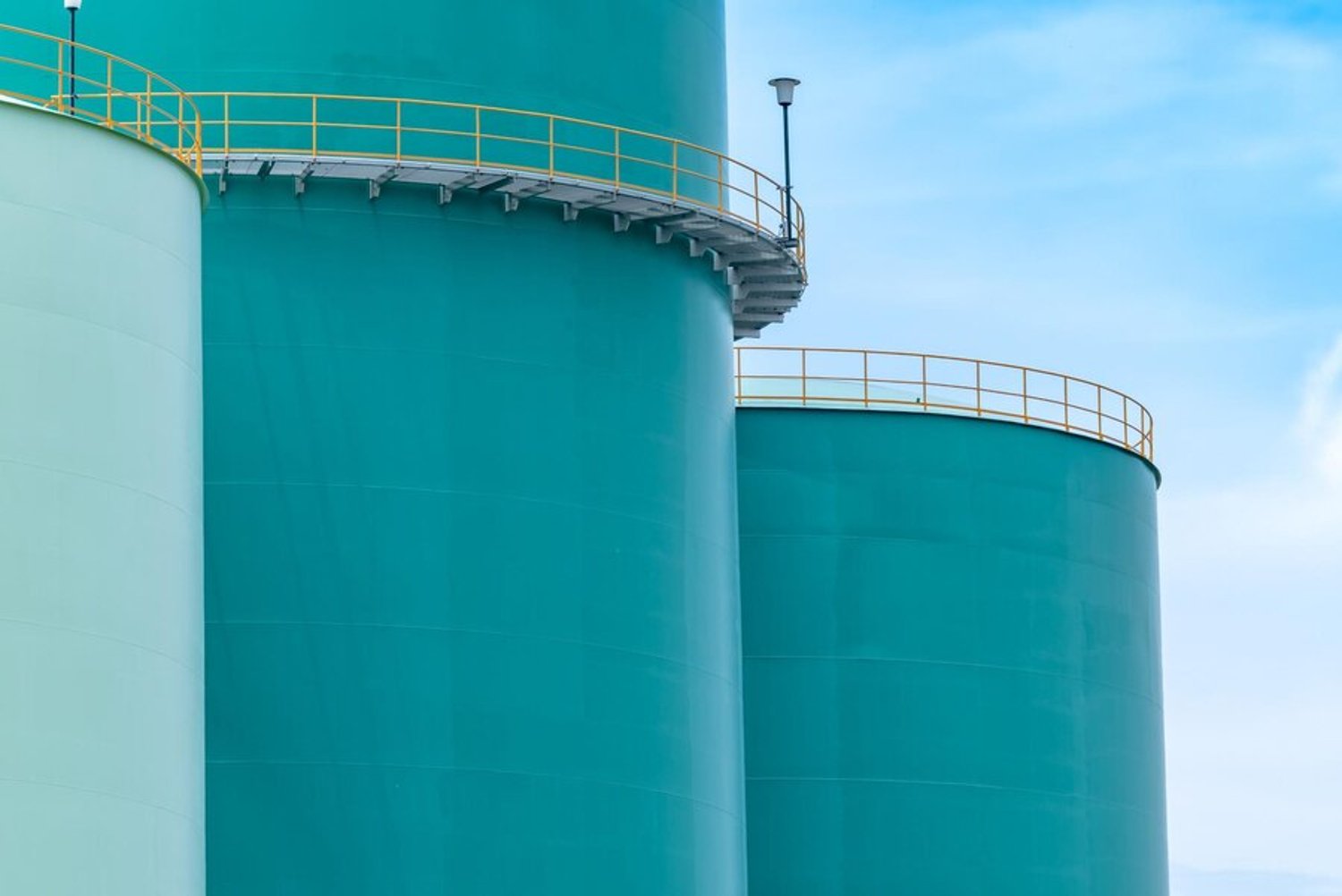
In addition to its water projects, California is planning ahead with new water conservation projects specifically to sustain the high levels at Lake Shasta.
These include advanced rainwater harvesting techniques and improved groundwater management practices aimed at mitigating the impact of potential future droughts.
Public Awareness Campaigns

State agencies have also launched educational campaigns to promote water conservation among Californians.
These initiatives, such as the “Save Our Water” campaign, stress the importance of sustainable water use, even in times of abundance, to ensure long-term water security for the state.
Climate Change Concerns
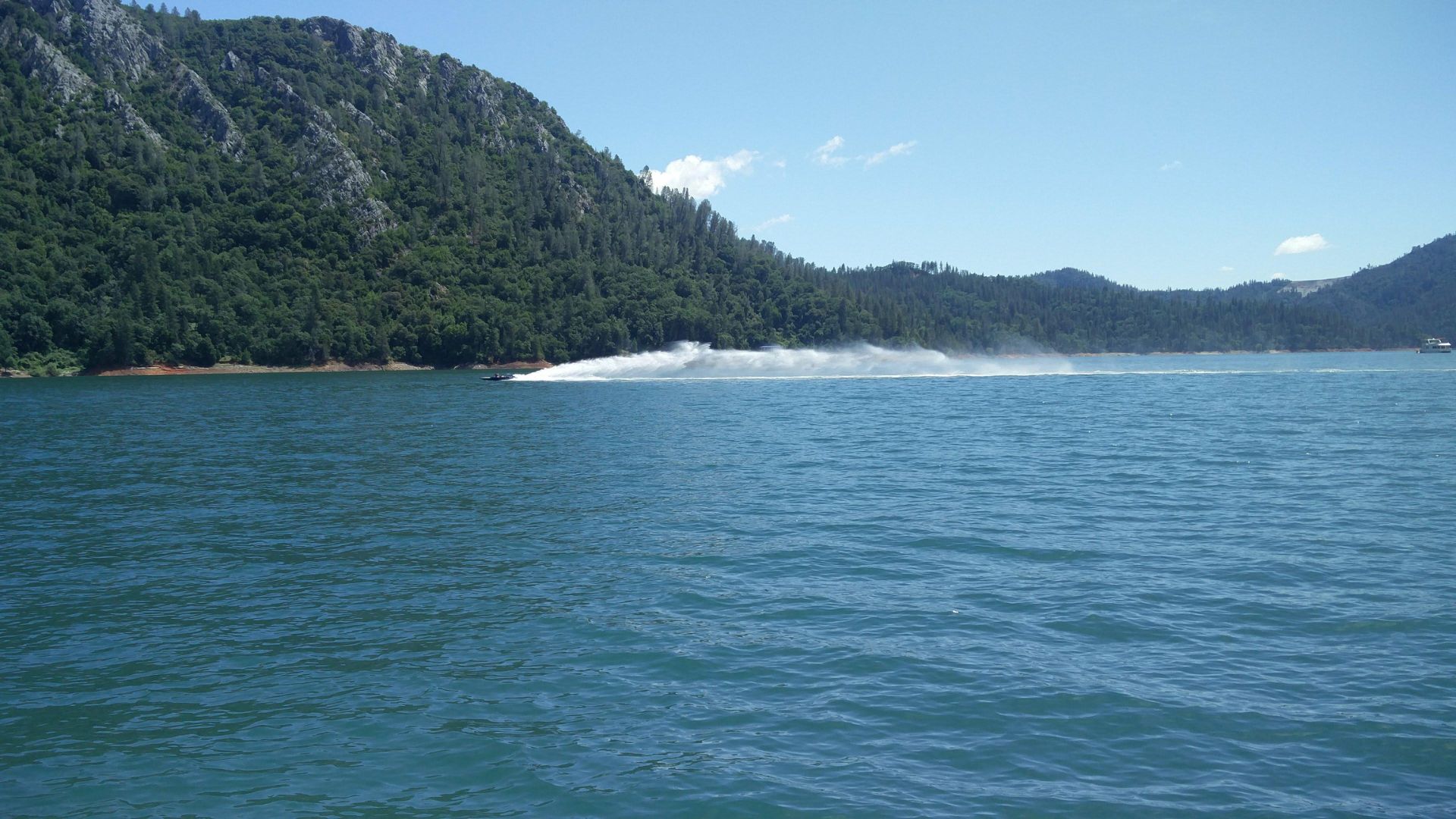
Experts have already stated that California’s current and future drought issues are mainly a result of climate change. Experts believe that in the years to come, weather patterns in the Golden State could become even harder to predict.
This could lead to more prolonged droughts, which will consistently harm the state’s water supplies.
Climate Change Is Directly Causing California’s Droughts
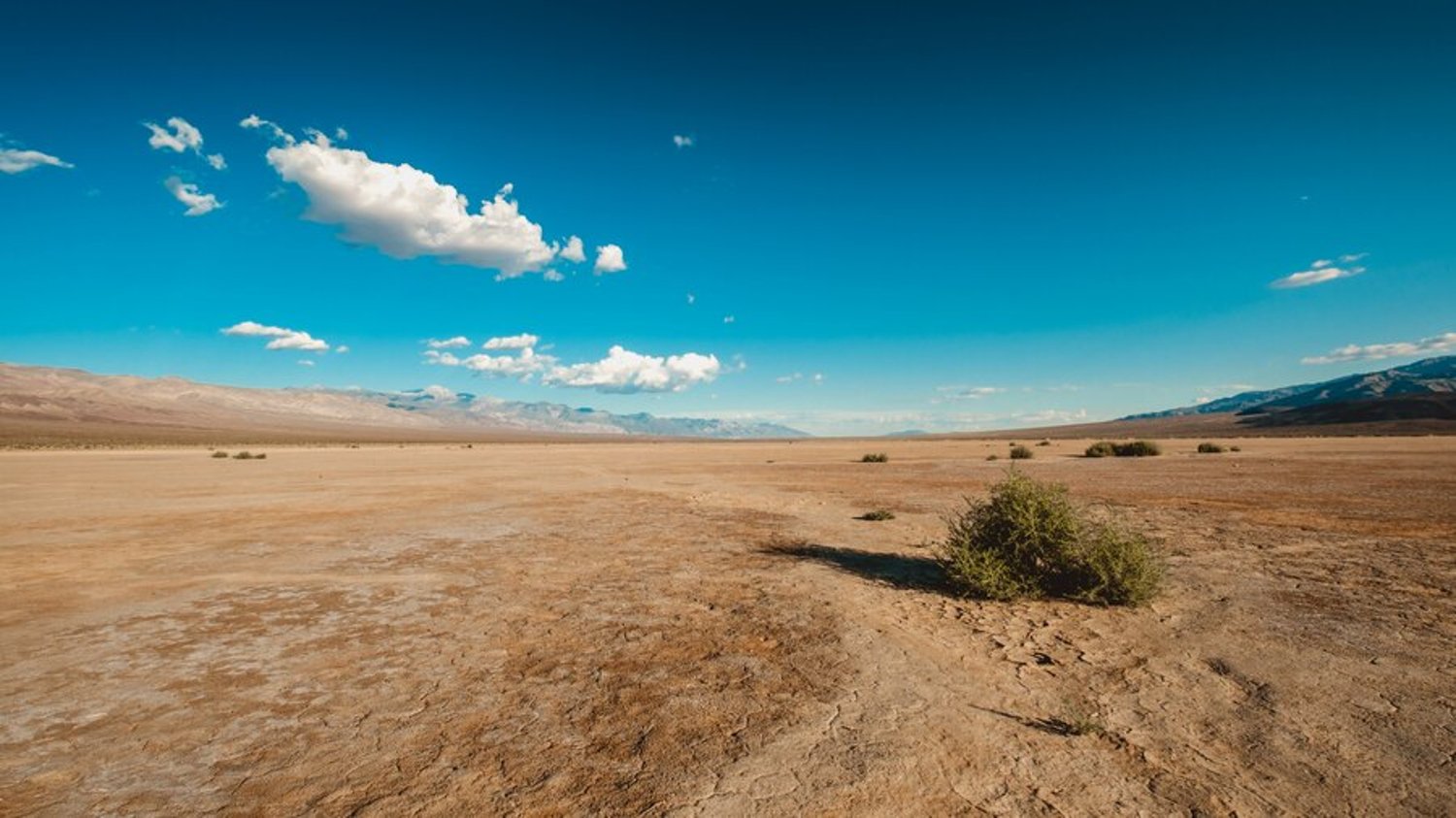
It’s important to understand that climate change is unquestionably causing California’s extreme periods of drought.
California has always struggled with exceptionally dry periods, but as the planet’s oceans and air warm, precipitation will decrease even more significantly. Additionally, warm weather means less snow, which many counties across the state use to for water every spring.
Ecosystem Revival at Lake Shasta
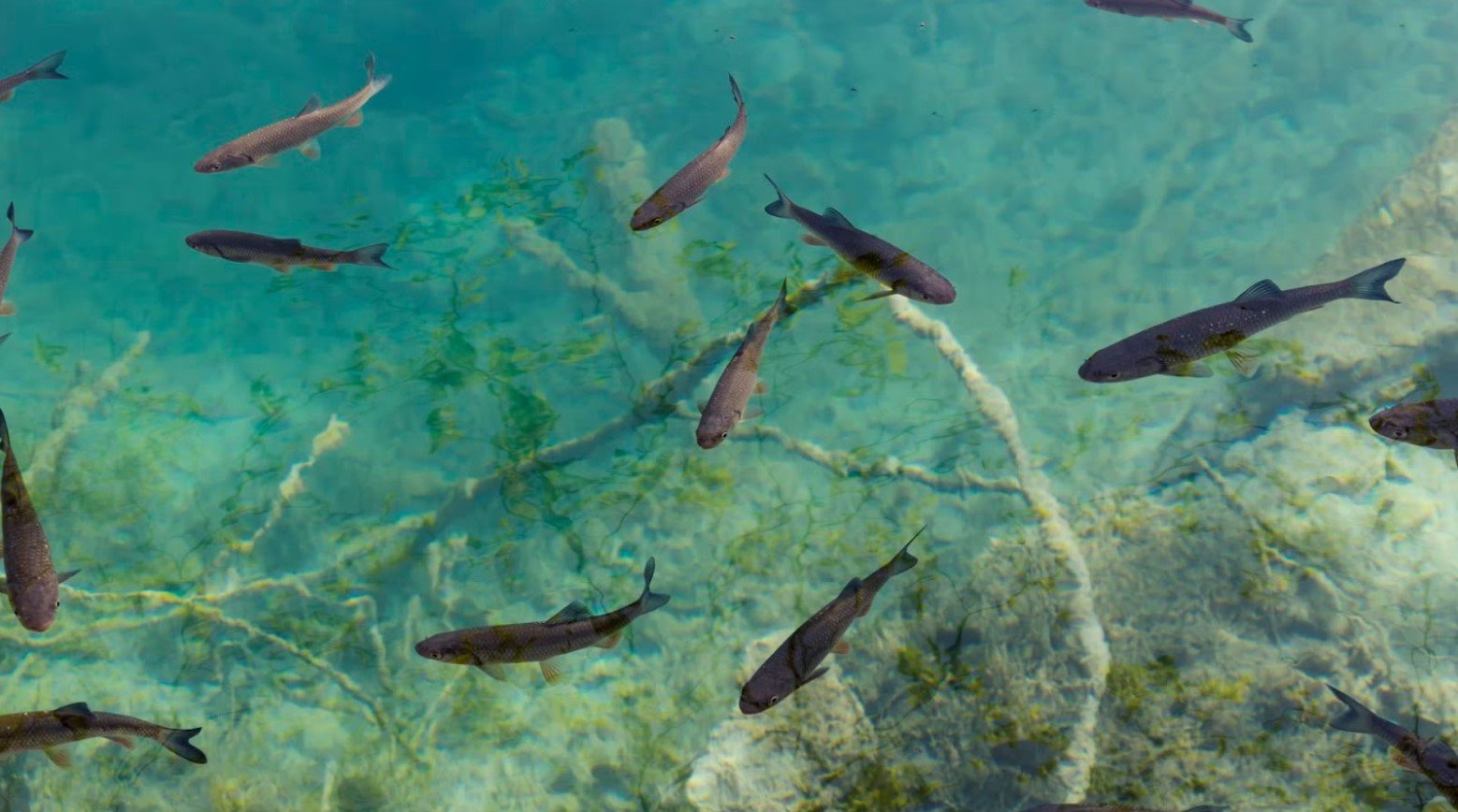
Following years of drought, Lake Shasta’s return to full capacity has been a boon for local ecosystems.
The restored water levels have encouraged the return of several fish species and improved habitat conditions, providing a much-needed refuge for migrating birds and native wildlife.
Wildlife Conservation Efforts
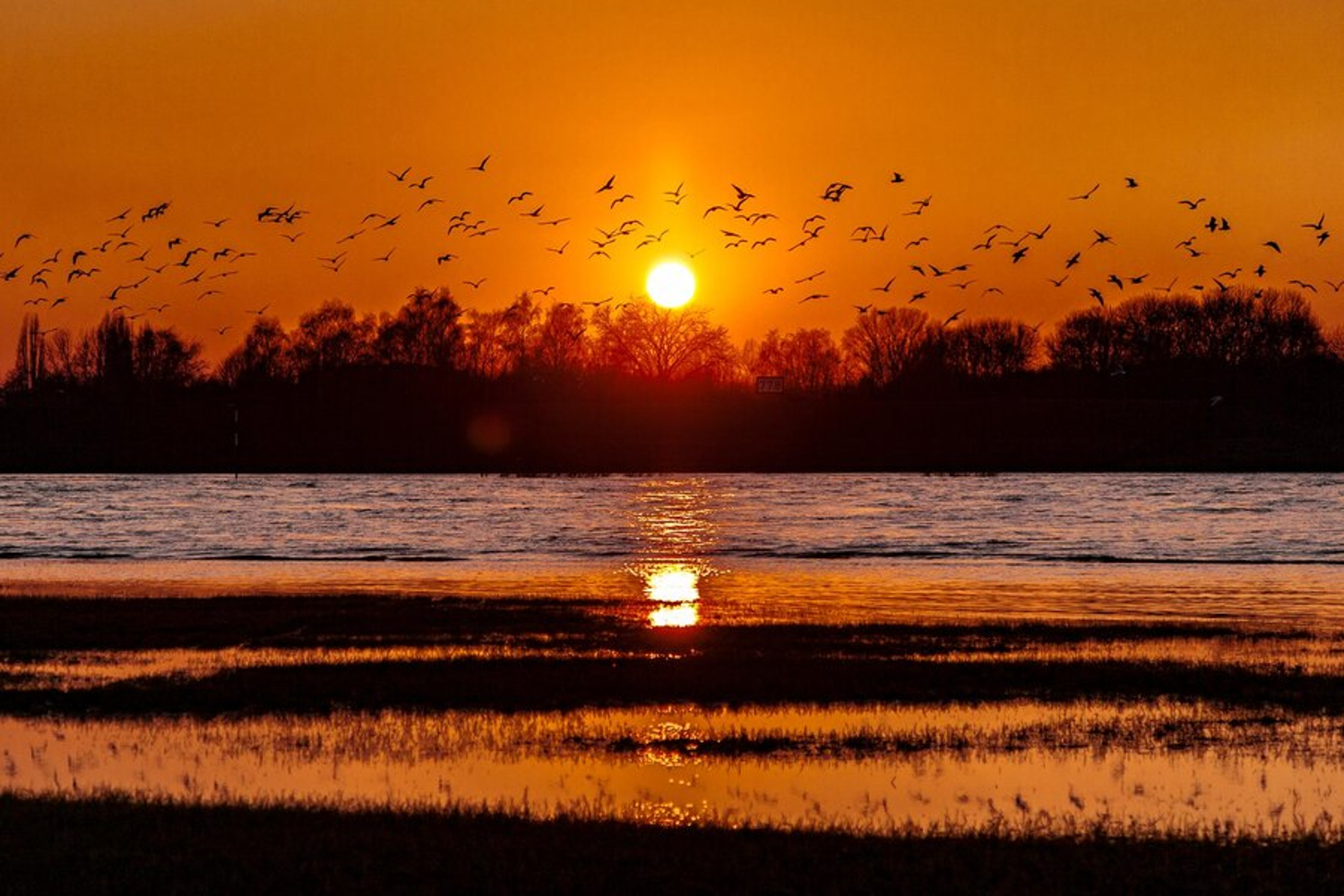
Conservationists are celebrating the full levels at Lake Shasta, hoping for the implementation of new wildlife protection programs.
These programs would aim to restore and preserve habitats that were significantly affected during the drought years.
Impact on Agriculture

With Lake Shasta at full capacity, irrigation is more reliable, supporting California’s agricultural sector.
This is crucial for the state, which produces over a third of the nation’s vegetables and two-thirds of its fruits and nuts.
Boost to Local Economy

The high water levels at Lake Shasta have also revitalized local tourism.
Hotels, restaurants, and recreational facilities report increased activity as tourists flock to the area for boating, fishing, and hiking. This resurgence is a welcome change, supporting jobs and community development.
A Fun and Profitable Summer at Lake Shasta

The general manager of Lake Shasta Caverns, Matt Doyle, told ABC7 News earlier this month that he and his fellow business owners were expecting more than 3,200 visitors on Memorial Day Weekend and thousands more throughout the summer months.
Doyle said, “It’s amazing for the economy, and we haven’t seen it in four years. So this is kind of a bolster on the economy, the local economy, as well as just people getting out and having fun.”
Lake Shasta Provides Energy
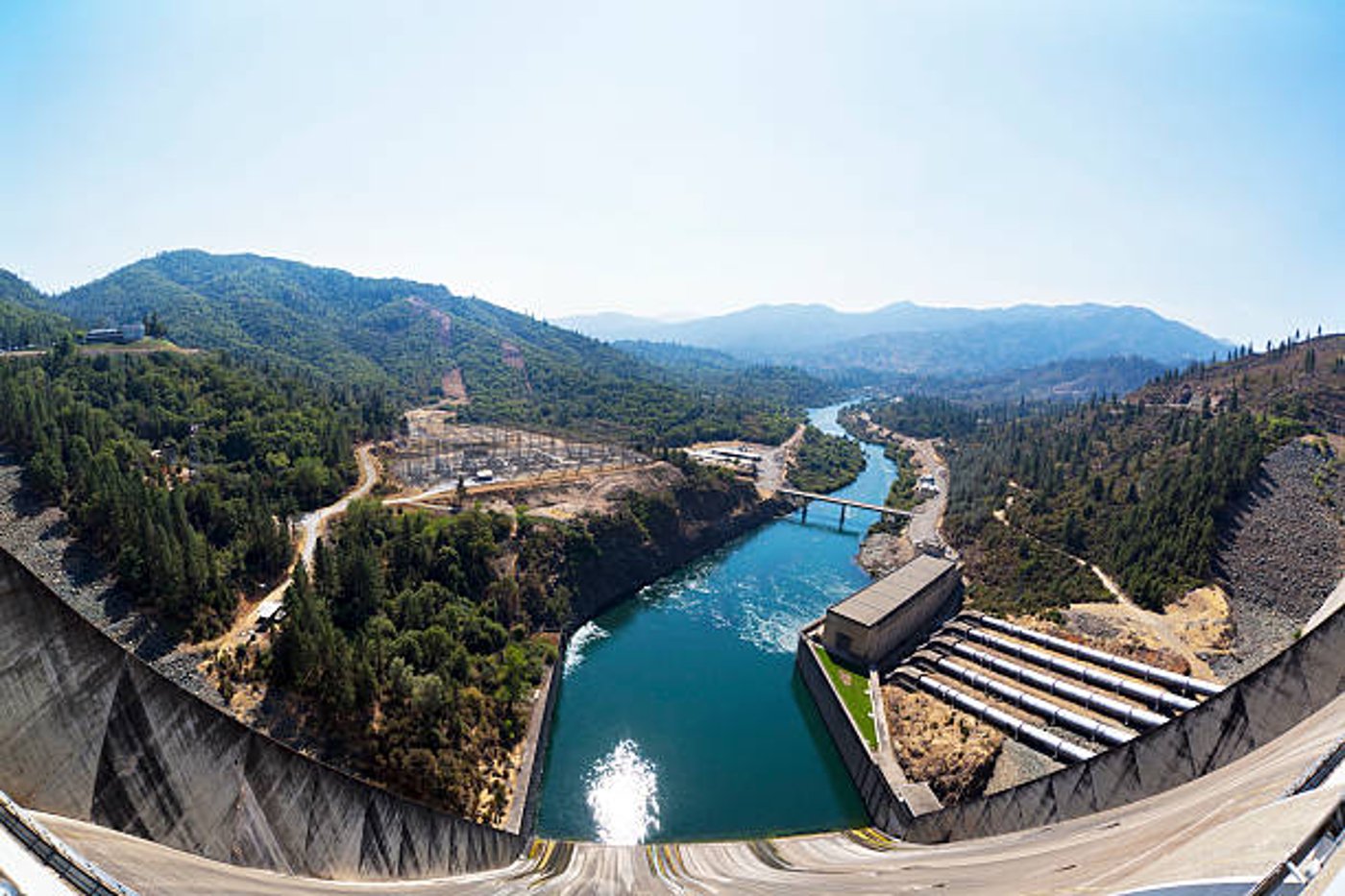
As well as providing water to California’s residents, a beautiful tourist hot spot, and a home to a variety of wildlife, Lake Shasta also offers the state substantial renewable energy.
The Shasta Powerplant, located just below the dam, can generate 710,000 kilowatts of sustainable energy when operating at full capacity. That’s enough power for between 355,00 and 710,000 homes.
Hydro Power Enhancement
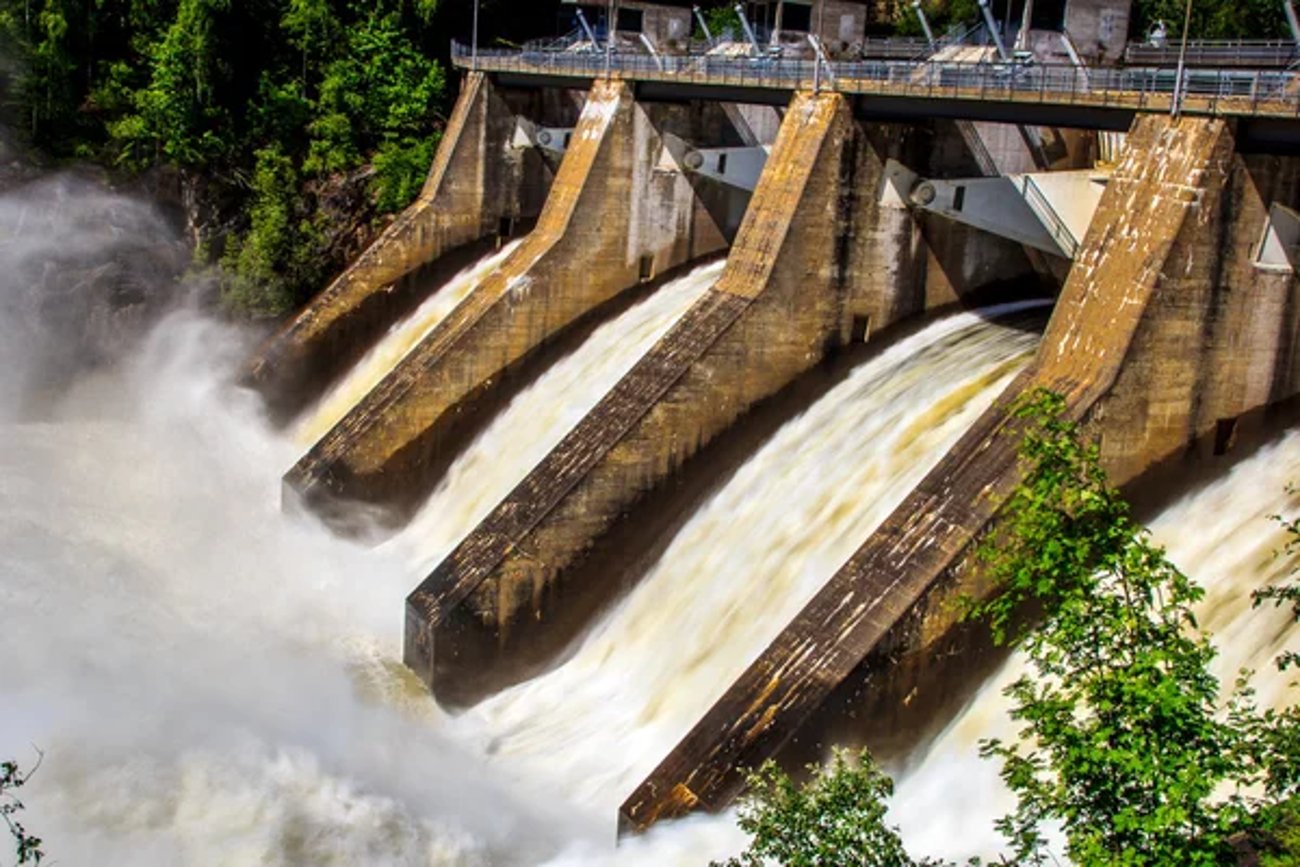
However, over the years, the minimal amount of water in the lake has meant little to no energy output. But now, the consistent water levels at Lake Shasta have significantly boosted its hydropower output, contributing to California’s renewable energy goals.
This increase in production helps reduce reliance on fossil fuels and promotes cleaner energy, which California has made a top priority over the past several years.
Climate Resilience Strategies
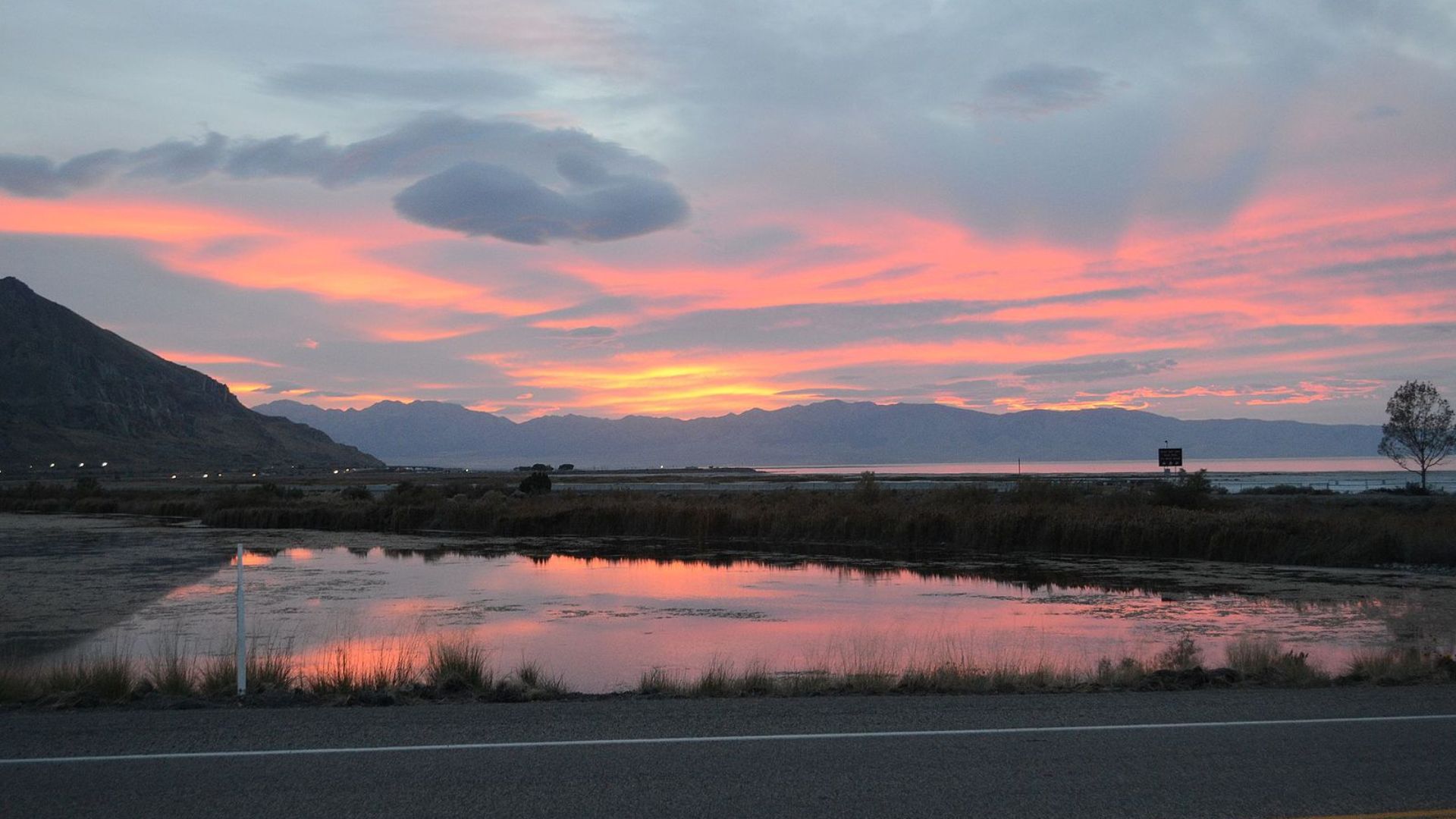
In response to changing weather patterns due to climate change, California has developed a comprehensive climate adaptation plan.
This plan includes enhancing reservoir capacity like that of Lake Shasta to buffer against water scarcity during unexpected drought periods.
Advancements in Water Monitoring
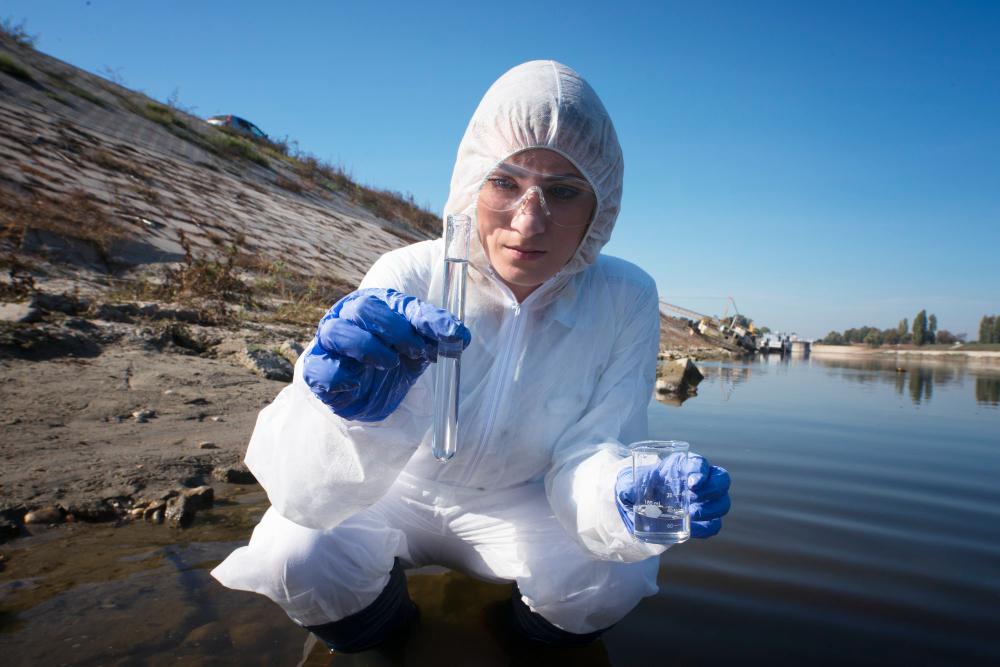
While the future is uncertain, fortunately, new satellite technologies and AI tools are now being used to predict water levels more accurately.
These tools help manage water resources more efficiently, ensuring that the reservoir can meet both ecological and human needs without wastage.
Technological Innovation in Water Management

As California struggles to maintain steady water levels, these emerging technologies are revolutionizing how water resources are managed, specifically to ensure state reservoirs don’t run dry.
IoT sensors and machine learning models can now monitor water quality and usage in real-time, ensuring optimal distribution and conservation across reservoirs.
California May Start Recycling Its Water

As well as using the newest technologies to monitor, predict, and conserve water among the state’s many reservoirs, California also plans to start recycling water.
In 2023, the Golden State became the second US state to allow the purification of wastewater to be reused as tap water. This system has proven wildly successful in Texas, Arizona, and Colorado, each of which struggles with drought.
California Isn’t Alone in Its Water Struggles
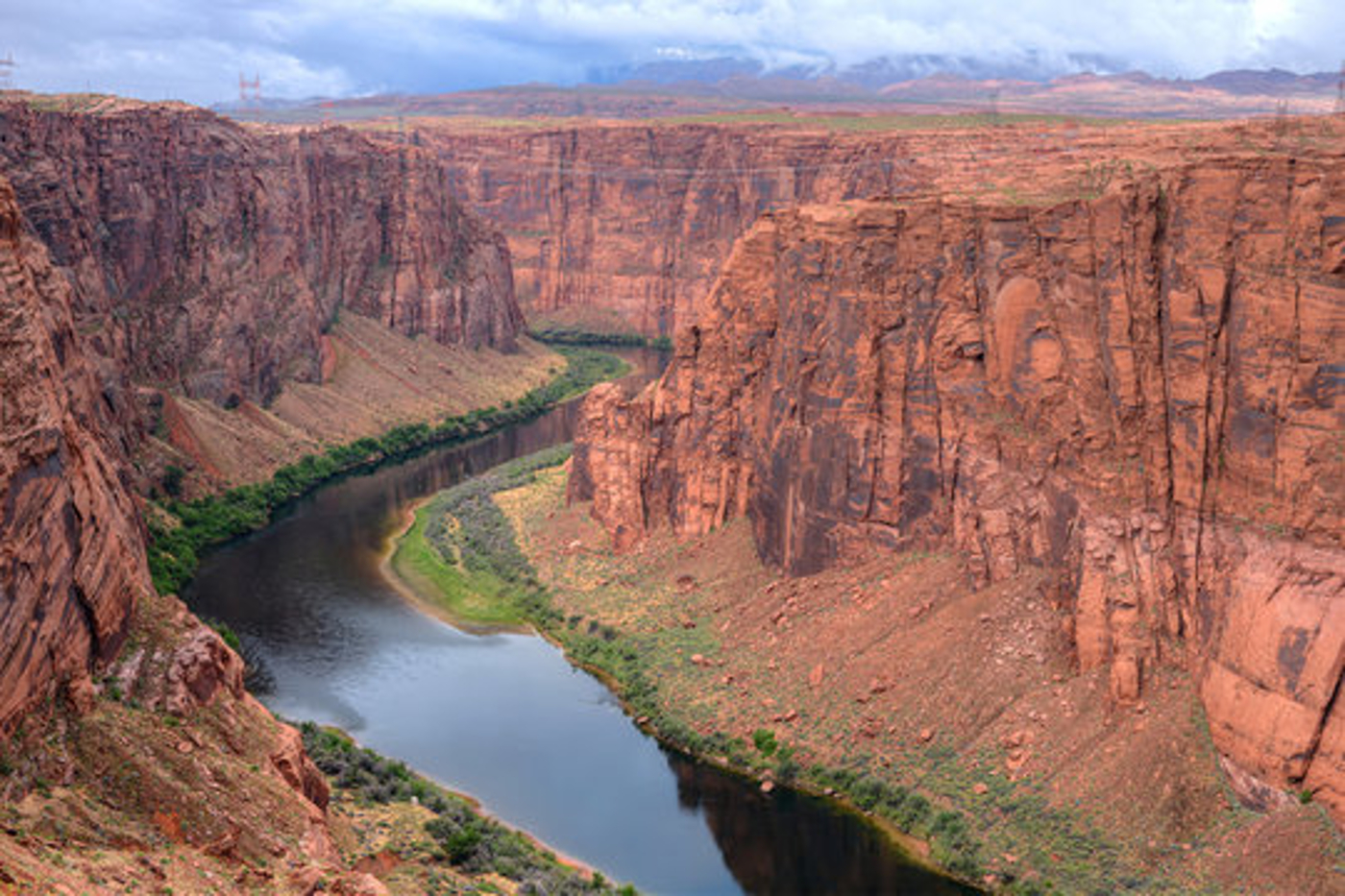
While California often makes headlines more than most other states, it is certainly not the only one experiencing water worries.
The Colorado River, which runs for more than 1400 miles and provides water to seven different states, has wildly diminished and is now in critical condition. If the situation gets any worse, millions of people across the Southwest will be experiencing water shortages within the next several years.
Water Shortages Aren’t Unique to the USA
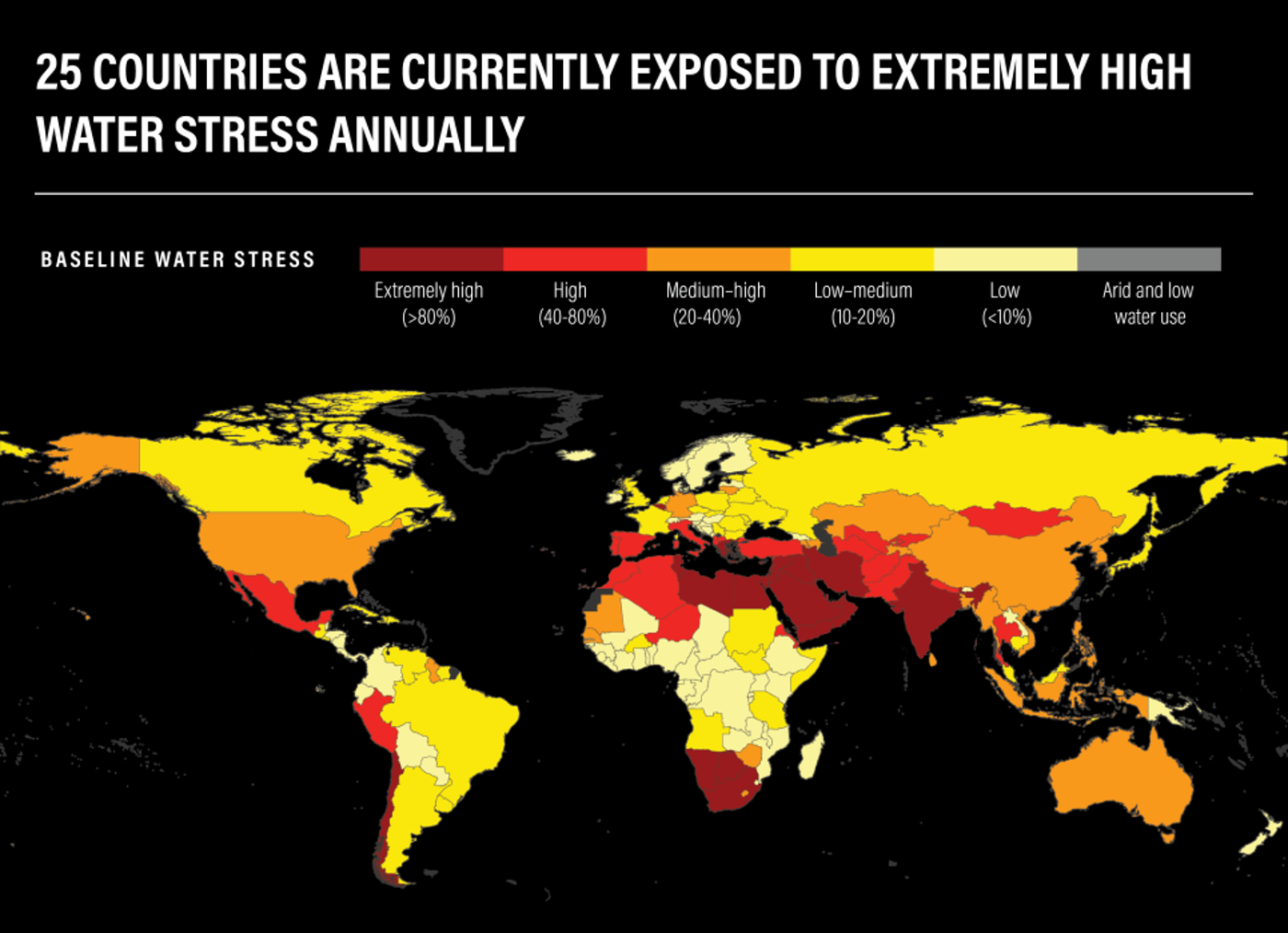
Of course, water shortages aren’t unique to the United States; countries all over the world are extremely worried about their water reserves.
Egypt, Iraq, India, Bolivia, Chile, Spain, and many others are experiencing incredible water stress. While some are working tirelessly to ensure the next generation has ample drinking water, other countries are struggling to find solutions.
Global Comparison of Water Recovery

For example, Lake Poopó in Bolivia has also diminished, but unlike Lake Shasta, it is unlikely to recover.
This comparison highlights the crucial role that effective water management plays in preserving our freshwater ecosystems. It is a wake-up call for governments and communities around the world to take action towards sustainable water use and conservation.
Some Cities Could Be Out of Water by 2050

The unfortunate truth is that, without the newest technologies and constant attention to water reserves and conservation, many cities around the world may be out of water by 2050.
One study shows that London, UK, Cape Town, South Africa, Phoenix, Arizona, Sao Paulo, Brazil, and dozens more could all experience extreme water scarcity in less than 25 years.
Which California Cities Will Experience Water Scarcity?
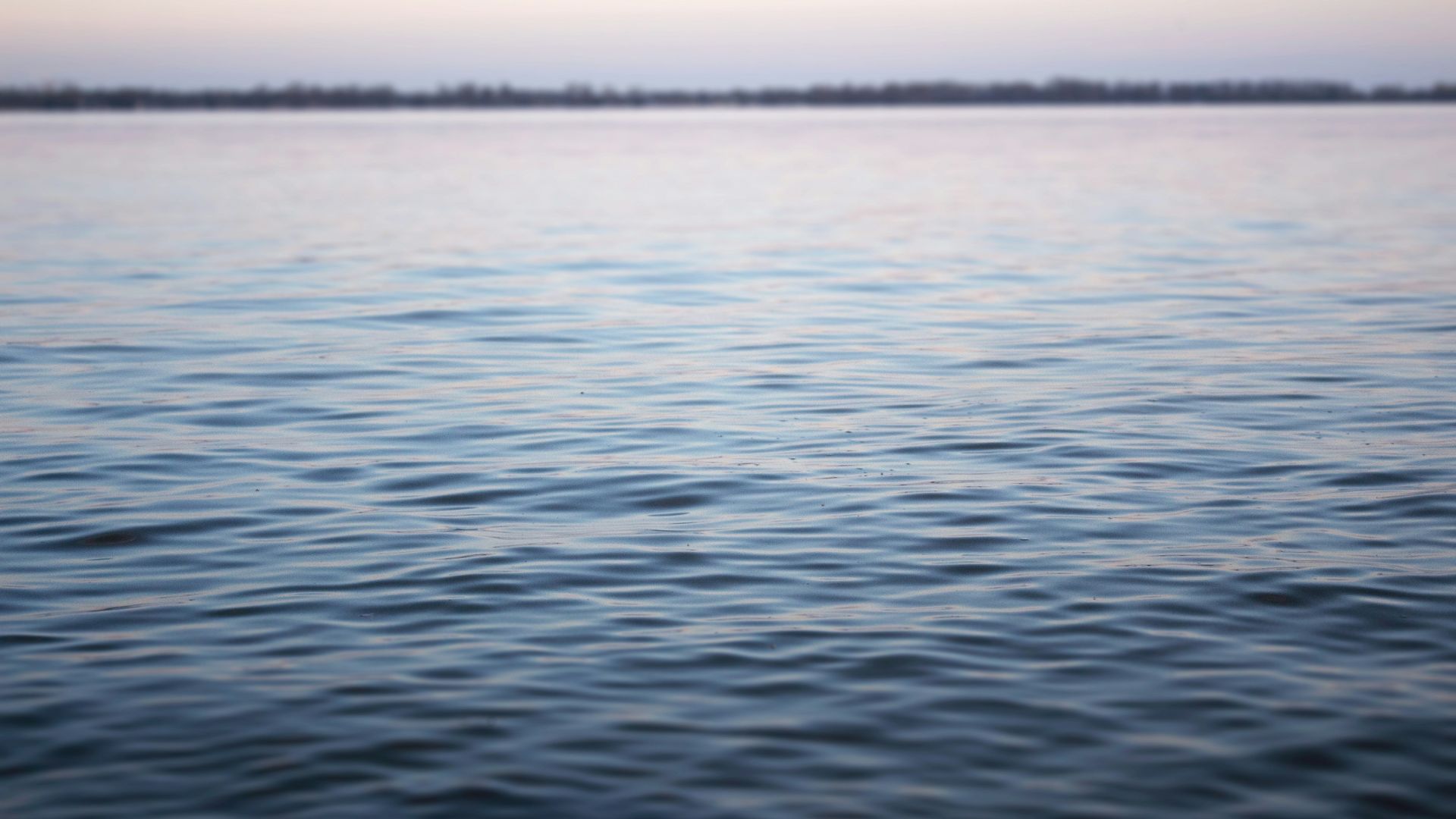
While many countries and cities are worried about water, California is certainly more concerned or at least as concerned as the others.
Because of its immense population, topography and geographic location, and its thousands of miles of farmland, the vast majority of the state could experience a water crisis in the next 25 years. Specifically, experts worry that the metropolises of San Francisco, Los Angeles, and San Diego will fare the worst.
Will California Eventually Charge for Tap Water?

Some worry that if the water situation in California gets any worse, the Golden State will be forced to charge its residents for water.
However, the California government has made no such threat. For now, water is still considered a human right and will be available to ass residents, though it may be regulated in the very near future.
Lake Shasta: Running on Full… For Now
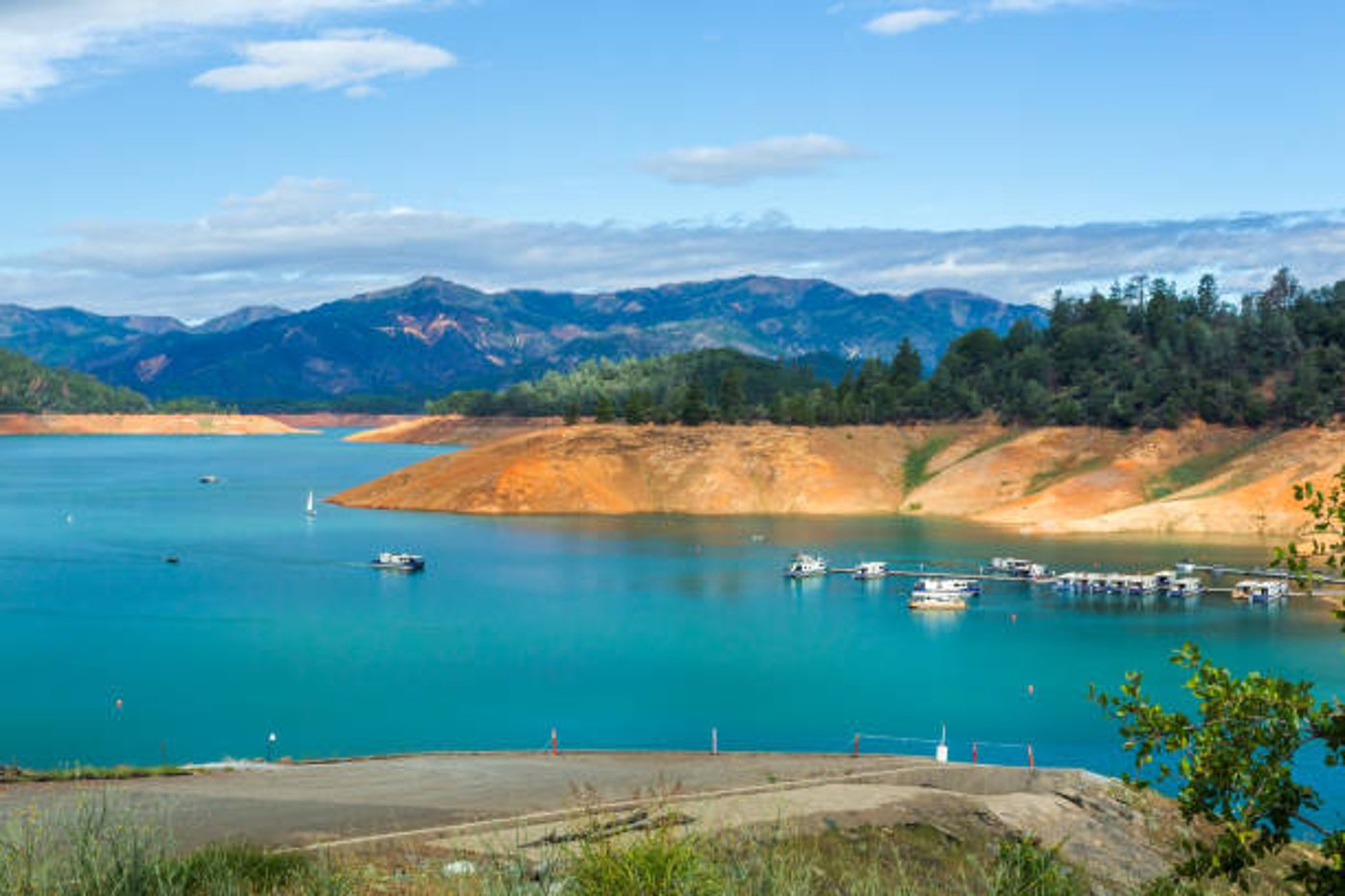
While Lake Shasta’s full capacity may seem like a small victory in the face of ongoing drought conditions, it serves as an important reminder of the system’s fragility.
As California continues to face challenges related to climate change and resource management, collaboration and innovation will be key in finding sustainable solutions for the state’s economy and environment.
California and the Rest of the World Need to Watch Their Water Supplies
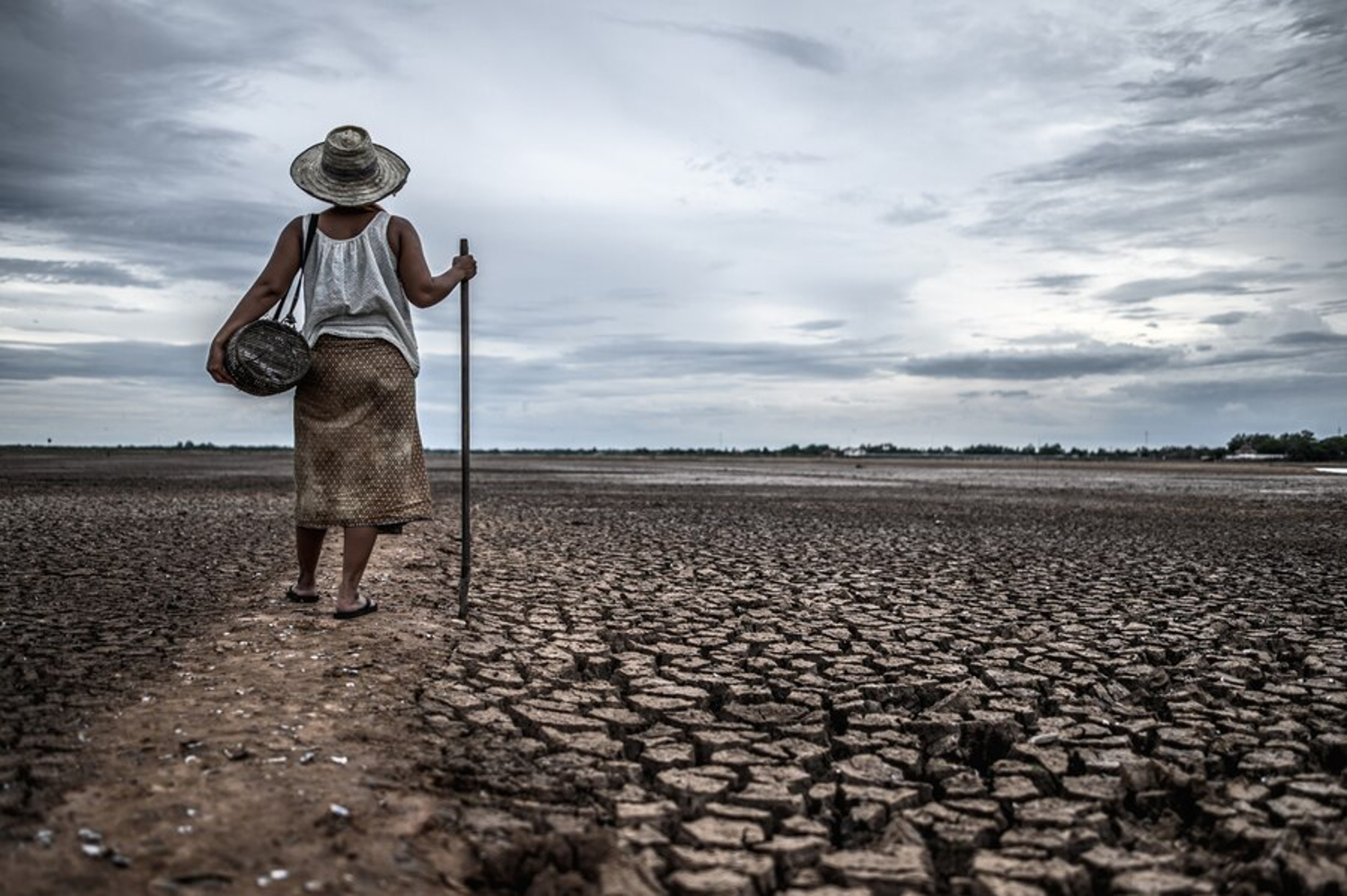
Fortunately, it seems that California’s current government is attentive to the possibility of a water crisis and is doing what it can to stop it before it starts.
However, it will be a long and uphill battle for California, many other states, and countries around the world. Water is an absolute necessity, and if they don’t fix things fast, the world could experience a water shortage as it has never been seen before.








































